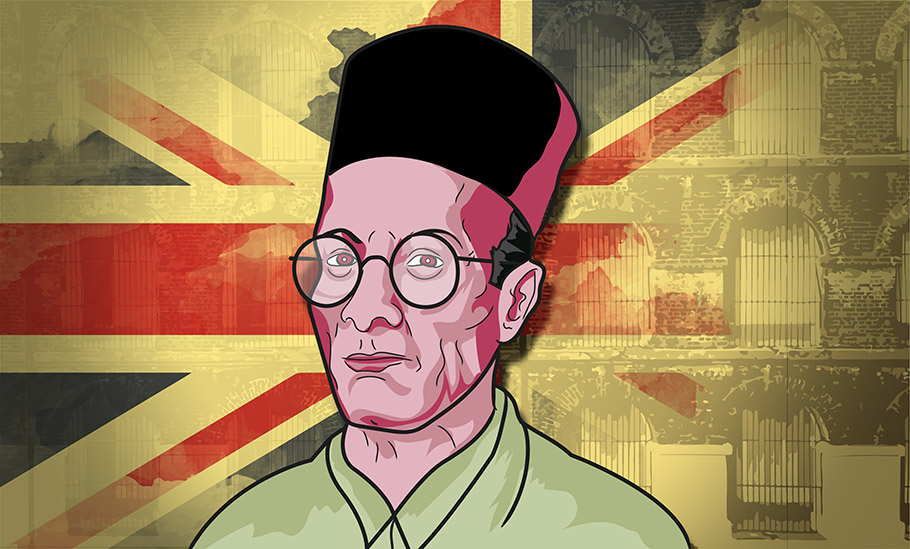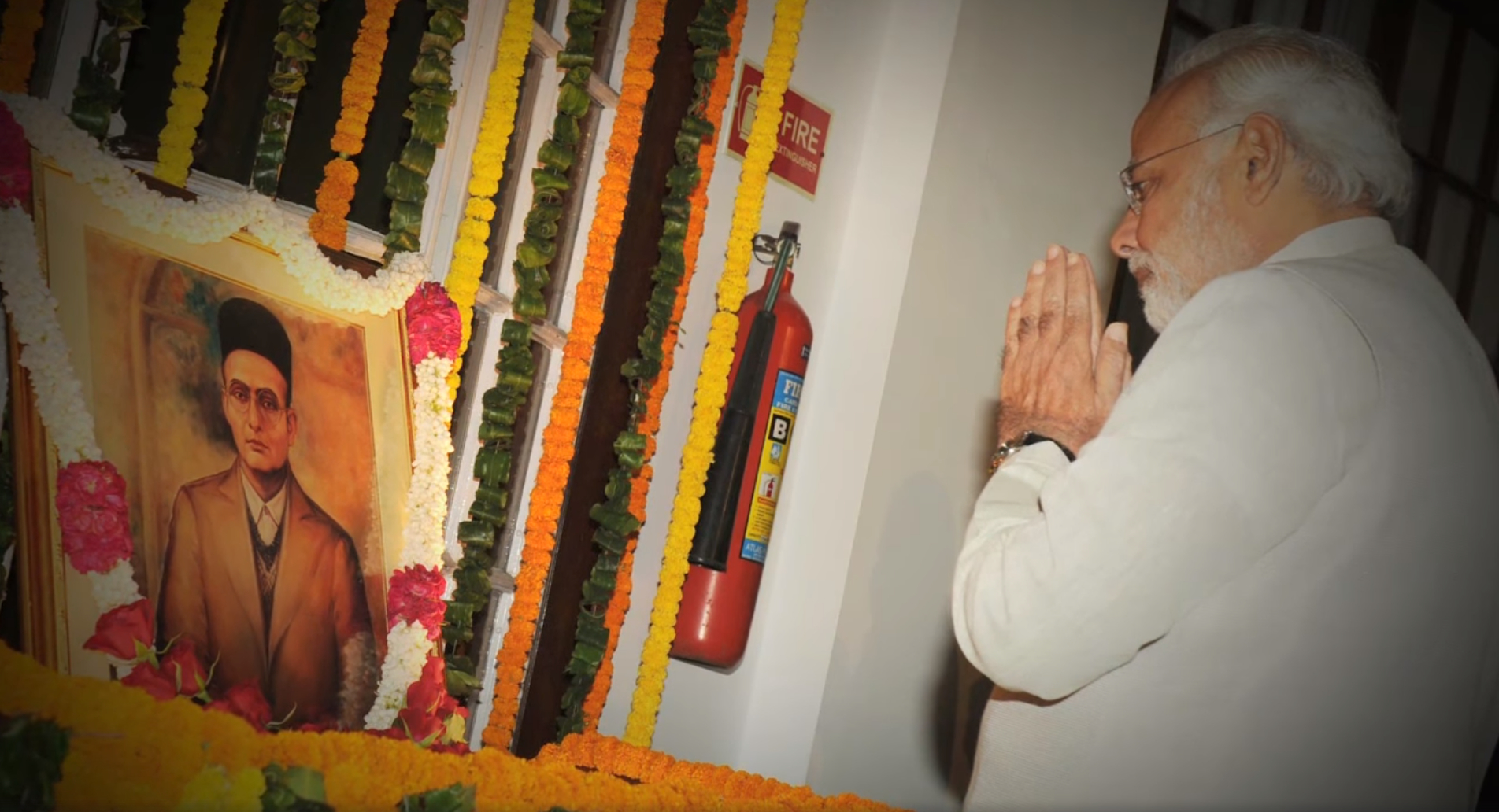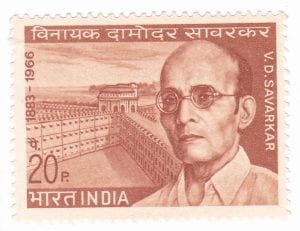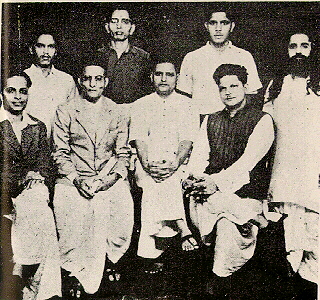
- Home
- India
- World
- Premium
- THE FEDERAL SPECIAL
- Analysis
- States
- Perspective
- Videos
- Sports
- Education
- Entertainment
- Elections
- Features
- Health
- Business
- Series
- In memoriam: Sheikh Mujibur Rahman
- Bishnoi's Men
- NEET TANGLE
- Economy Series
- Earth Day
- Kashmir’s Frozen Turbulence
- India@75
- The legend of Ramjanmabhoomi
- Liberalisation@30
- How to tame a dragon
- Celebrating biodiversity
- Farm Matters
- 50 days of solitude
- Bringing Migrants Home
- Budget 2020
- Jharkhand Votes
- The Federal Investigates
- The Federal Impact
- Vanishing Sand
- Gandhi @ 150
- Andhra Today
- Field report
- Operation Gulmarg
- Pandemic @1 Mn in India
- The Federal Year-End
- The Zero Year
- Science
- Brand studio
- Newsletter
- Elections 2024
- Events
- Home
- IndiaIndia
- World
- Analysis
- StatesStates
- PerspectivePerspective
- VideosVideos
- Sports
- Education
- Entertainment
- ElectionsElections
- Features
- Health
- BusinessBusiness
- Premium
- Loading...
Premium - Events

The real Savarkar: A British stooge, Hitler's admirer or a Bharat Ratna?

Several years ago, a puny little man, who was fond of wearing round black caps and perfumed jackets, thundered at the princes of India: “But anyone who might have actively betrayed the trust of the people, disowned his fathers, and debased his blood by arraying himself against his Mother — he shall be crushed to dust and ashes, and shall be looked upon as a helot, and a renegade.” Bear...
Several years ago, a puny little man, who was fond of wearing round black caps and perfumed jackets, thundered at the princes of India: “But anyone who might have actively betrayed the trust of the people, disowned his fathers, and debased his blood by arraying himself against his Mother — he shall be crushed to dust and ashes, and shall be looked upon as a helot, and a renegade.”
Bear in mind these fiery words of admonishment and warning as we revisit the legacy of Vinayak Damodar Savarkar, the controversial Hindutva ideologue whom the BJP wants anointed as ‘Bharat Ratna’.
In his lifetime, Savarkar was known by many names. In Bhagur village of Nashik, where he was born in 1883, he was known as Tatya as a child. When he grew up, a Marathi journalist lionised him as ‘veer (brave)’ for his revolutionary writing and strident opposition to the British. In the cellular jail of Andaman, where he served nine years and ten months before begging for clemency, Savarkar was known as the “suave and polite” prisoner number 32778. And in a 1969 report by Justice Jeevan Lal Kapur, he was identified as one of the conspirators in the assassination of Mahatma Gandhi.
So, who exactly was Savarkar? And does he really deserve India’s highest civilian honour?

The ‘prodigal son’ of the Raj
By 1909, Savarkar, who was studying law at London’s Grey’s Inn, had established himself as a firebrand leader of Indian struggle for independence from the British rule. Under the tutelage of Shyamji Krishna Verma, he was at the forefront of an organisation that carried out revolutionary propaganda in England and smuggled bomb-making manuals and pistols to Indians back home. (Gandhi was invited to one of the meetings of this network, where he was offered prawns personally fried by Savarkar. Gandhi, a staunch vegetarian, was horrified when he saw a Chittapavan Brahmin frying prawns and left the meeting without eating).
One of these pistols used in the murder of Nashik collector AMT Jackson was traced back to Savarkar. In 1910, caught at the wrong end of the law, Savarkar was dispatched back to India for being tried for treason and sedition. Just as the ship was to enter Marseilles, Savarkar jumped out of a porthole almost naked and ran towards the beach, but he was caught within a few minutes and sent to the Andamans to serve 50 years in prison. Within two months of landing in the hell-like jail, Savarkar’s revolutionary writings turned into mercy petitions.
Savarkar’s pleas for clemency had the desired effect gradually. First, he was accorded certain privileges that others were denied — like being given clerical jobs instead of being made to press oil, a punishment that not many could escape. Unlike other prisoners, he was allowed to write letters and later meet his wife and brother in the jail.
By 1913, Savarkar was ready to serve the British. In another mercy plea to the governor general, he wrote: “I am ready to serve the government in any capacity they like… The mighty alone can be merciful, and therefore where else can the prodigal son return but to the parental doors of the government?”
In 1921, Savarkar’s pleas for mercy resulted in his transfer from Andaman to Pune, where he was incarcerated like a normal prisoner. In 1924, he was released and sent to Ratnagiri after vowing to not participate in politics. Unlike several other prisoners, Savarkar traded his loyalty to the cause of freedom struggle with his own freedom. He was to later justify this as a tactical ploy to escape from the jail to continue the revolutionary movement. (It’s a pity that martyrs like Bhagat Singh didn’t think of such ingenious tricks and preferred to sing to the gallows instead of falling at the feet of the British). Instead, he devoted his remaining life supporting the British and undermining mass movements led by the Congress.

Two-nation theory and two-faced leaders
Speaking at a rally in Maharashtra in September this year, Shiv Sena chief Uddhav Thackeray opined that had Savarkar been the prime minister of India, Pakistan would not have come into existence. This, of course, is typical Hindutva bunkum that ignores Mohammad Ali Jinnah’s intransigence and simplistically assumes that the decision to divide India was taken by India’s prime minister and not the departing British. But even after discounting the rightwing naiveté, Savarkar’s role as some sort of patron of Akhand Bharat is a bit of a laugh.
For Savarkar, like the RSS ideologue Syama Prasad Mookerjee, was not averse to the two-nation theory. Savarkar was one of the original proponents of the idea. As president of the Hindu Mahasabha, he claimed in 1937 that “there are two antagonistic nations living side by side in India. Several infantile politicians commit the serious mistake in supposing that India is already welded into a harmonious nation… On the contrary, there are two nations in the main: the Hindus and the Muslims, in India.”
A few years later, after Jinnah had hijacked the two-nation theory, Savarkar expressed his approval thus: “I have no quarrel with Jinnah. We, Hindus, are a nation ourselves and it is a historical fact that Hindus and Muslims are two nations.”
Hindutva idol
So, why does the BJP consider a man who surrendered to the British, undermined the freedom struggle and espoused the two-nation theory as a ratna (jewel) of India?
Ironically, for several years after Independence, the RSS and its political arm Bharatiya Jana Sangh kept itself away from Savarkar and his ideology. (Savarkar was never a member of the RSS or Jana Sangh.) He was resurrected only in the late 90s when the BJP started using Hindutva as a political strategy and manufacturing and co-opting new icons to give itself more gravitas and heft.
The man who could be India’s Bharat Ratna was an admirer of both Fascism and Nazism. He sincerely believed both Italy and Germany needed these philosophies for their own good and criticised Indian politicians — read Jawaharlal Nehru — for opposing Adolf Hitler and Benito Mussolini. (Many historians believe RSS ideologue BS Moonje’s meeting with the Italian dictator and his black caps inspired the idea of Sangh with its own khaki-clad, lathi-wielding volunteers).

It is thus not a surprise that he turned to Indian version of majoritarianism in his later life and became the founding father of Hindutva. As its pioneer he advocated India only for those who considered it their pitrabhoomi (fatherland) and pavanbhoomi (holy land). This clever argument implies that only Hindus, Sikhs, Jains and Buddhists are entitled to live in India because their religion and beliefs originated here. And since the Muslims and Christians have their sacred lands (punyabhoomi) in the Middle East, they ought to be looked at with suspicion and as outsiders.
As the BJP steers India towards majoritarian politics, raising the decibel level of the discourse on India as pitrabhoomi of Hindus and Hindutva, Savarkar’s polarising figure acts as a powerful symbol of its politics. Hindutva needs a certain amount of historical legacy and the likes of Savarkar, in spite of their questionable contribution to the freedom struggle and claims of bravery, are, unfortunately, the rightwing’s only available options.
The irony would be not lost on many though. The Justice JL Kapur Commission that looked into Gandhi’s assassination concluded that Savarkar and his men were the key conspirators. Several years before the report was made public, the then-home minister of India, Sardar Patel, wrote to Nehru: “It was a fanatical wing of the Hindu Mahasabha under Savarkar that (hatched) the conspiracy and saw it through.”
In Gandhi’s 150th year, Savarkar is set to become an Indian idol, a Bharat Ratna. Patel, the idol BJP has stolen from the Congress, would be smirking atop the Statue of Unity, thinking how in BJP’s India, all three have been posthumously made to sit in the same tent.
Independent assessments of Savarkar’s legacy may, however, not be so lenient. In the end, Savarkar’s volte-face on the freedom struggle, compromise with the British, support to the two-nation theory may remind many of the fiery words that a puny little man who loved round black caps and perfumed jackets threw at the princes of India as a warning. No points for guessing the name of the man who said those immortal words. Today, even he’d be surprised that instead of being called a renegade, he may soon be anointed Bharat Ratna.
